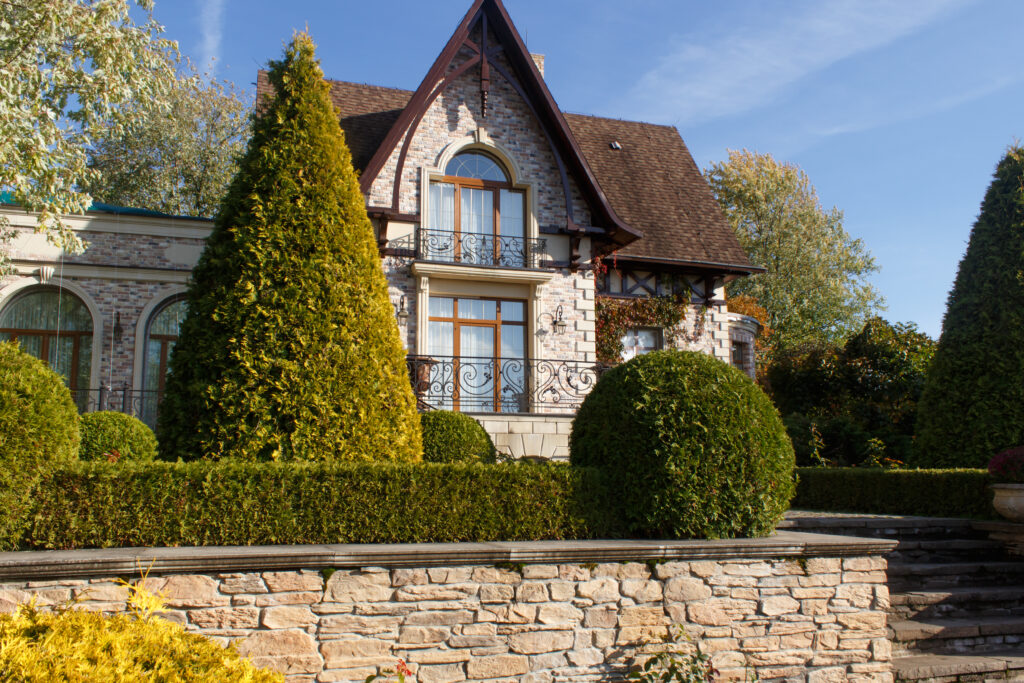Retaining walls are one of the most effective landscaping solutions for preventing soil erosion. Whether your property is on a slope or near water runoff, a properly designed retaining wall can hold back soil, redirect drainage, and safeguard your outdoor space from shifting, flooding, and long-term structural damage.
Why Soil Erosion Is a Problem
Soil erosion happens when wind, rain, or water runoff carries soil from one area to another. On sloped land, erosion can lead to unstable ground, damaged plants, and even foundation issues. If left unaddressed, it may compromise the safety and beauty of your landscape.

How Retaining Walls Work
Retaining walls act as strong barriers that support and hold back soil. They’re commonly used on sloped areas to create level surfaces and prevent soil from shifting. By resisting the pressure of the earth, these structures help reduce the impact of rainfall, irrigation, and gravity.
Well-built retaining walls also include proper drainage systems to reduce hydrostatic pressure behind the wall. This prevents water buildup, which could otherwise weaken the wall and cause erosion.
Types of Retaining Walls That Stop Erosion
Several types of retaining walls are used depending on the landscape and soil conditions:
Gravity Retaining Walls
These walls rely on their own weight to resist soil pressure. They’re ideal for small slopes and can be built using stone, concrete, or brick. Gravity retaining walls are simple to install and require minimal excavation work.
Reinforced Retaining Walls
These use steel reinforcements or geogrid fabric to provide additional support. They’re often used for larger slopes or areas with high erosion risk. Reinforced retaining walls offer long-term durability and are ideal for steep, unstable terrains.
Segmental Retaining Walls
Built with interlocking blocks, these walls are flexible and allow for easy drainage, making them an excellent choice for residential properties. Segmental retaining walls can be curved or tiered for added style and function.
Benefits of Retaining Walls for Erosion Control
- Prevents runoff damage by controlling the flow of water
- Protects landscaping by holding soil in place
- Improves property value by enhancing structural and aesthetic appeal
- Reduces maintenance by preventing slope washouts and planting loss

Retaining Walls and Drainage Systems
A key feature of retaining walls is their ability to manage water. Built-in drainage channels or weep holes allow water to escape, reducing the pressure behind the wall. This design prevents erosion caused by pooling, heavy rainfall, or poor yard drainage issues.
Build the Right Retaining Wall for Your Yard
If your yard is on a slope or prone to runoff, installing a retaining wall is a smart long-term investment. It protects your landscape, keeps your soil intact, and enhances the usability of your outdoor space. A well-designed retaining wall also improves drainage, reduces maintenance needs, and adds visual structure to your yard’s layout.
Ready to protect your yard? Contact us to learn more about our retaining wall installation services. For more landscaping tips and ideas, visit our Universal Landscape and Concrete blog page.
